
In construction, everyone’s striving for excellence. You want to land those big tenders, deliver top-notch projects, and build a reputation that truly stands out. It’s a competitive landscape. That’s why being clued up on the latest industry standards and regulations isn’t just good practice: it’s absolutely vital. And, in many cases, it’s the law.
In this blog, we’ll explore the Building Safety Act 2022 and how it’s changing the ways certain buildings are designed to make them even stronger and safer. Let’s take a look.
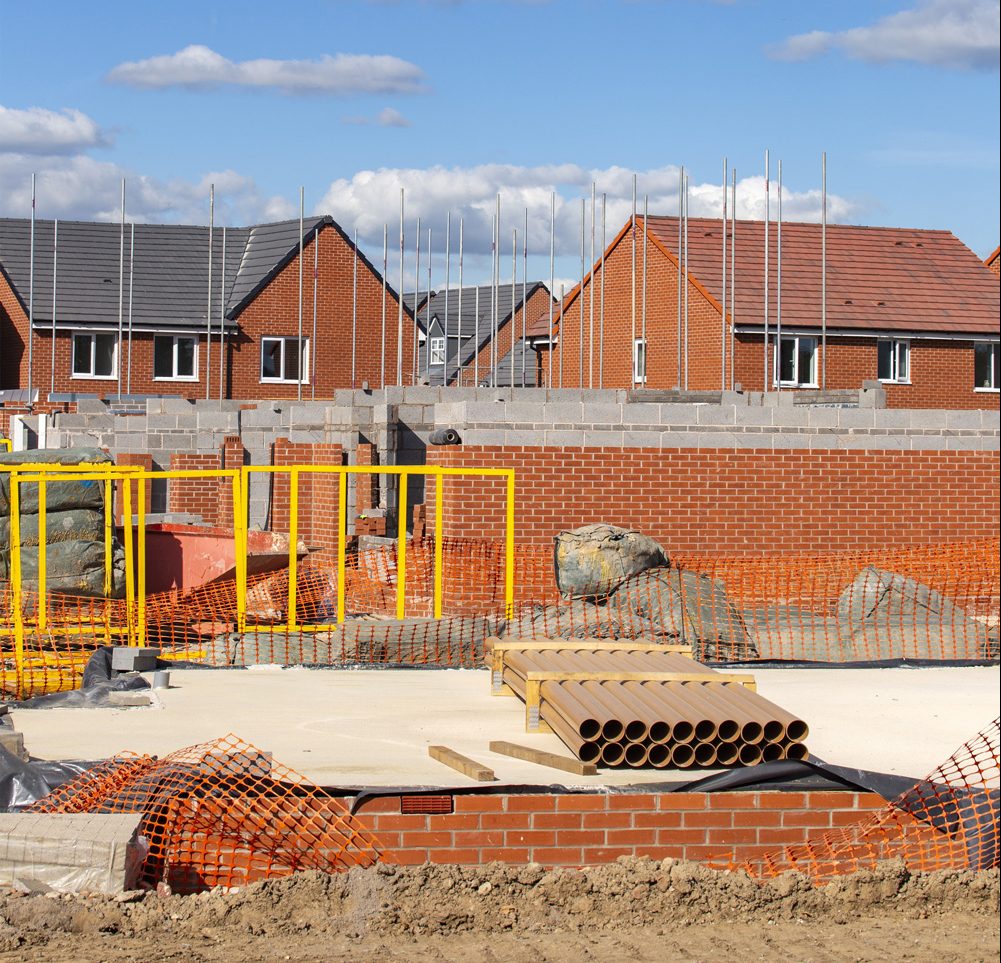
A big turning point was the Grenfell Tower fire in 2017. The following investigation revealed many concerning failings in the building’s safety system, and in the materials used – ones which were commonly found in other, similar high-rise residential buildings.
The aftermath saw an independent review titled ‘Building a Safer Future’. The report highlighted systemic issues and recommended radical changes to the entire regulatory framework. It was clear something fundamental needed to change.
The Building Safety Act 2022 is the response to those recommendations. Its main goal is to stop anything like the Grenfell Tower fire happening again, by creating a more robust, transparent, and accountable system for building safety across England.
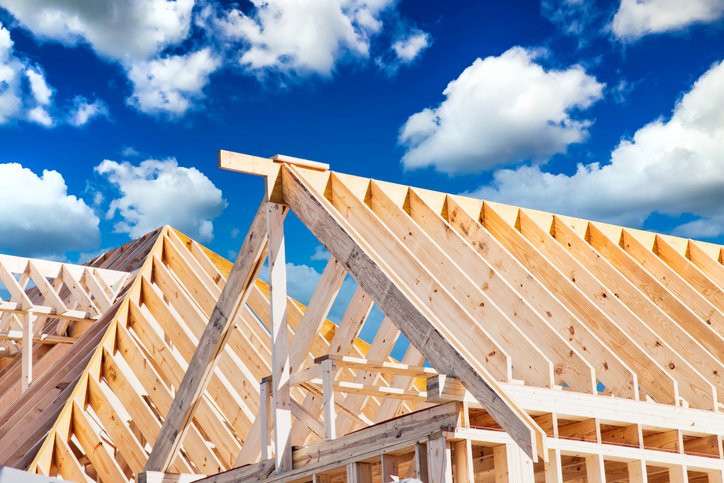
The entirety of the Act didn’t just come into force all at once. Instead, its provisions have been coming in phases since it received Royal Assent on 28th April 2022.
So, while you might hear people refer to the “Building Safety Act 2022,” remember that many of its requirements and new ways of working have been phased in. This gradual implementation allows the industry time to adapt to the sweeping changes it introduced.
The Building Safety Act 2022 sits alongside several important pieces of legislation that have shaped building and fire safety regulation in recent years, including:
Understanding how the Building Safety Act 2022 fits within this wider legal landscape is key for compliance and promoting safer building practices.
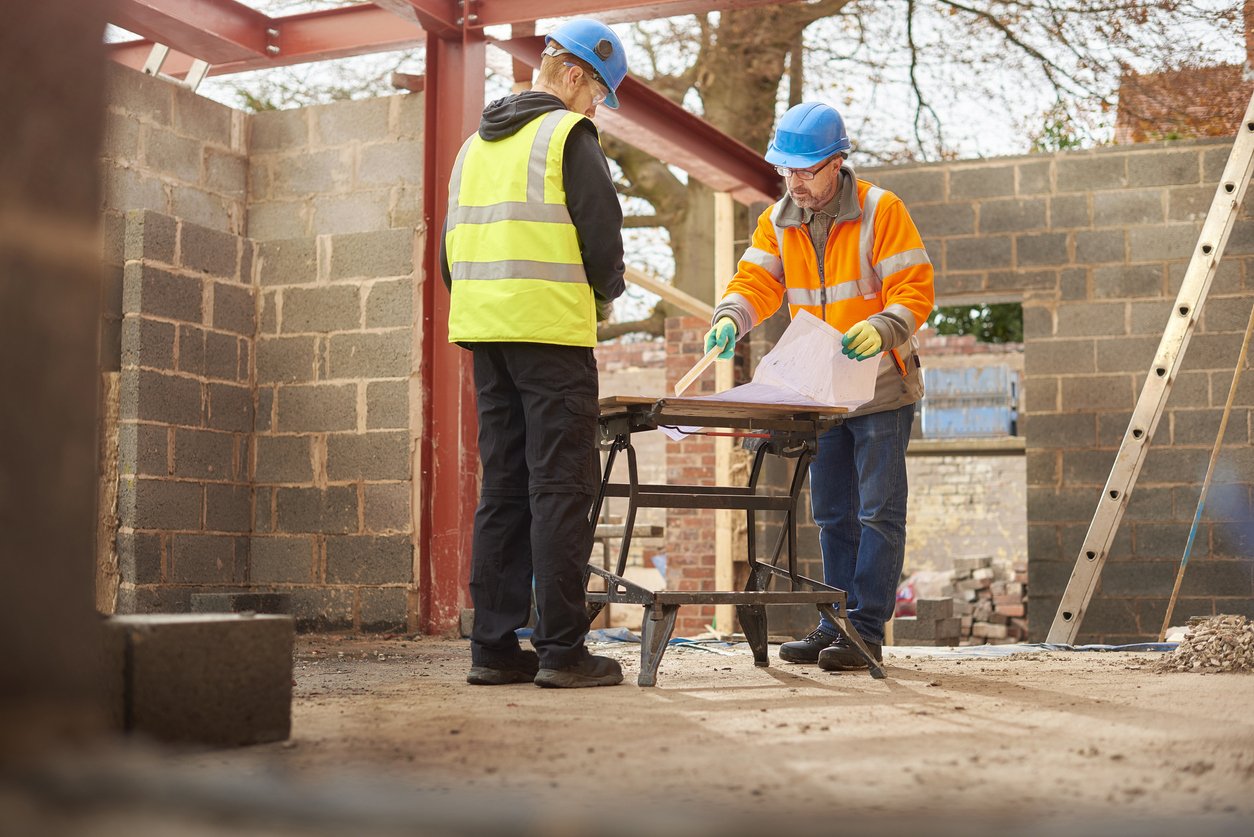
The Act brings about some pretty major changes to how buildings are designed, constructed, and managed. It’s introducing a whole new way of thinking about responsibility and accountability. Here are some of the big shifts you need to know about.
One of the key points of the Act is the creation of the Building Safety Regulator (BSR), operating within the Health and Safety Executive (HSE). The BSR oversees the safety and performance of higher-risk buildings. These are classified as any building over 18m or seven storeys, with two or more residential units. But they can also mean places like hospitals, military barracks, or hotels.
For these buildings, a new, much stricter regulatory regime is in play. This includes:
The Act spells out clear duties for various roles throughout a building’s life cycle. These are called ‘duty holders,’ and they’re similar to those under the CDM Regulations, but with a specific focus on building safety. Key roles include:
These roles carry significant legal liabilities, and a failure to meet duties can lead to serious penalties such as fines, imprisonment, and remediation costs.
One of the most impactful aspects of the Act, particularly for residents, is its focus on protecting leaseholders from the costs of historical building safety defects, especially those related to cladding.
The Act introduces new legal protections which aim to shift the burden of remediation costs away from leaseholders and onto those responsible for the defects, or ultimately, building owners or developers. This is where the concepts of ‘relevant buildings’ and ‘qualifying leases’ come into play, which we’ll explore shortly.
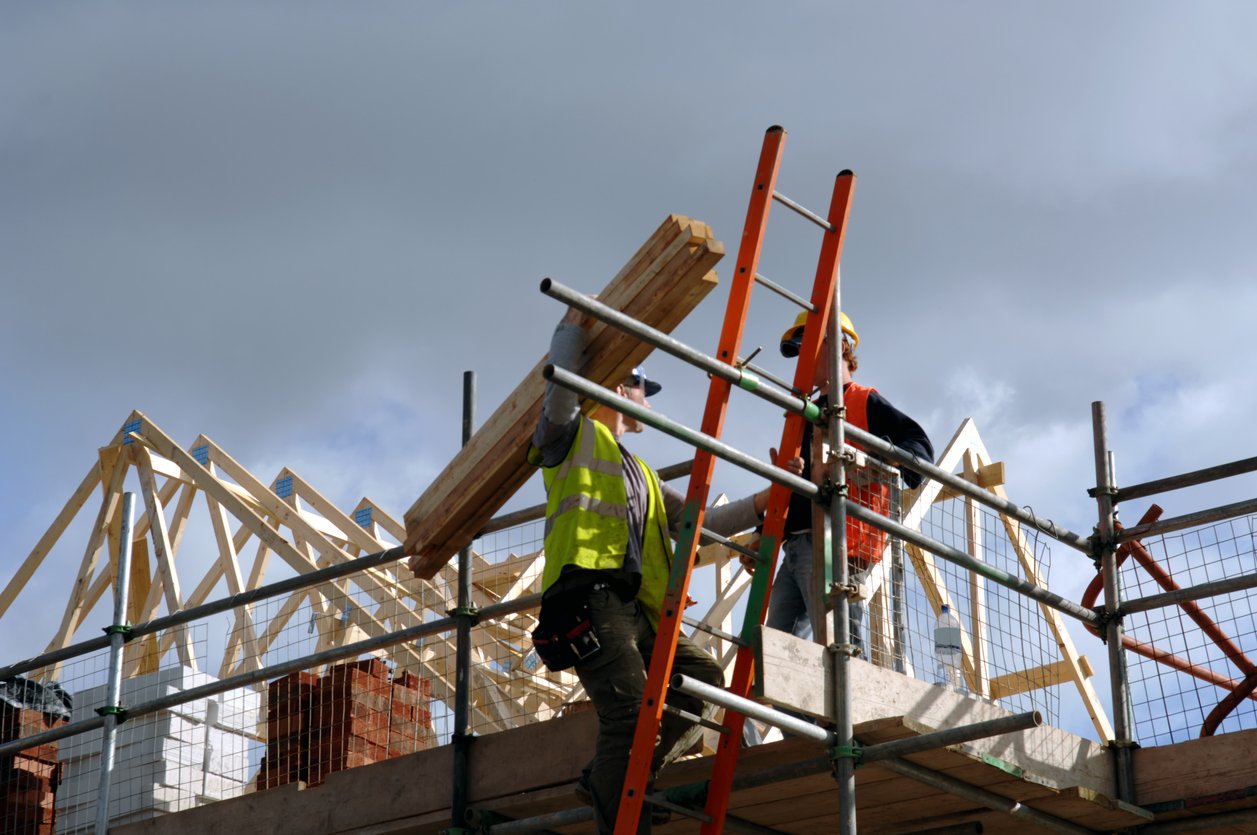
This is a key term when it comes to leaseholder protections. A building is generally considered a ‘relevant building’ under the Building Safety Act 2022 if it meets all of these criteria:

A lease is generally considered a qualifying lease if it meets the following conditions:
Essentially, these conditions aim to protect residential leaseholders who primarily use the property as their home or who aren’t large-scale property investors.
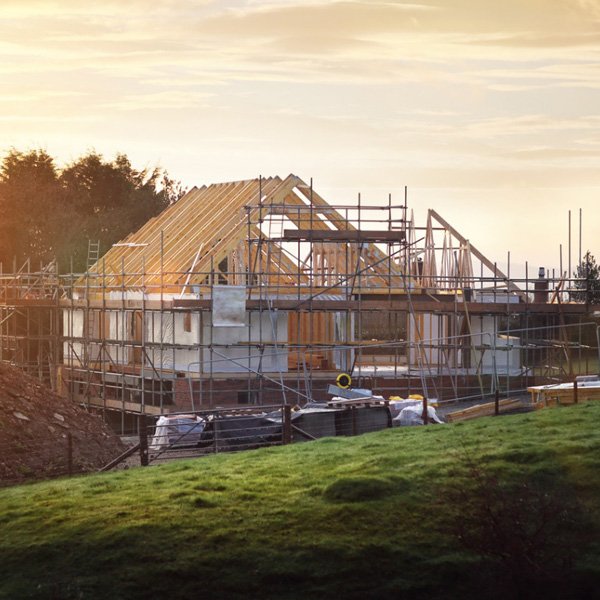
The Building Safety Act is a game-changer for the entire construction industry. It’s not just about compliance, it’s about creating a culture of safety and accountability from top to bottom:
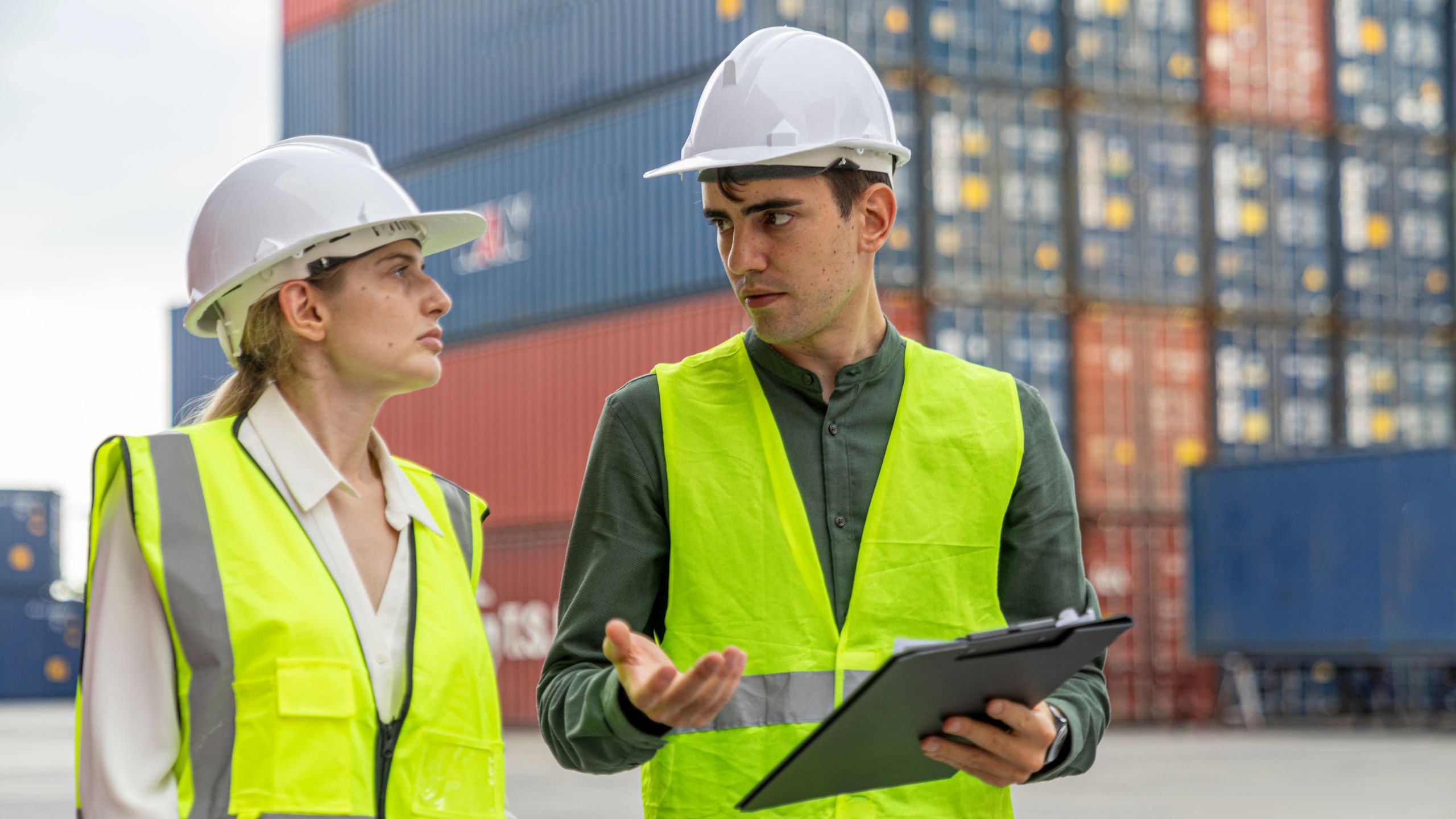
The Building Safety Act 2022 represents a pivotal moment as a long-overdue step towards creating buildings that are truly safe and fit for purpose.
For businesses like yours, adapting to these changes isn’t just about avoiding penalties. It’s an opportunity. By understanding the Act, embracing its principles, and proactively embedding a culture of safety and accountability, you won’t just comply with the law; you’ll also be building a more resilient and trustworthy business that’s ready to tackle any tender.
At Smas Worksafe, we don’t just offer SSIP certification. We also have our own Building Safety Act 2022 online training, which covers a range of topics such as fire safety compliance, risk management, and design & building work. It’s available for anyone to take, so, if you’re planning on upskilling or taking on larger tenders for higher-risk buildings, our three key modules will help you immensely. If you have any questions about the BSA course, or SSIP certification, don’t hesitate to get in touch!
